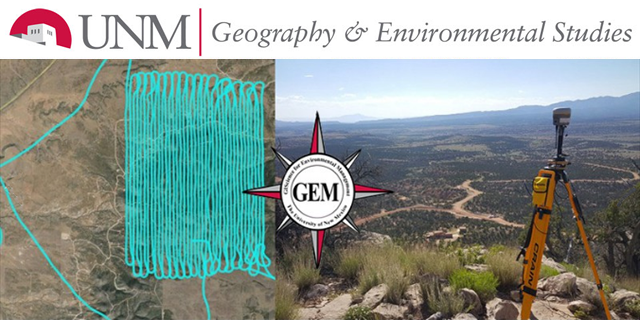
Geography ETDs
Publication Date
5-7-1979
Abstract
A geographic perspective of the political, legal, and economic aspects of transfrontier air pollution is developed and the potential usefulness of remote sensing technology to enhance monitoring and control efforts is evaluated. The international border between the United States and Mexico is the principal reference area for examination and evaluation of 1) political considerations at international, national, and local levels, 2) principles of International Law, 3) legal and quasi-legal associations within the border region, 4) economic considerations relevant to transfrontier pollution as an international concern, and 5) fundamental economic relationships between the bordering countries. The need for international cooperative efforts toward resolution of transfrontier air pollution problems was apparent and is basic to the findings of this study. A survey of environmental concerns, relative to air pollution in the United States-Mexico border region, was prepared and related to geographic characteristics affecting the intensity and distribution of air pollution problems. An evaluation of the potential contribution of the science and technology of remote sensing to aid pollution survey and control efforts was conducted by a review of pertinent literature, identification of demonstrated and feasible applications, and detailed examination of several different types of readily accessible photographic and non-photographic imagery. Visual analysis, stereoscopic analysis, and electronic image enhancement was employed to determine the ability of selected imagery to detect air pollution, specifically, and environmental concerns, generally. Results of the evaluation revealed that photographic images generated at aerial and sub-orbital altitudes possessed the best potential for reasonably acceptable mensuration of emission plumes and air pollution sources and/or source areas. Orbital photographic images yielded the best overall potential for evaluating air pollution dispersion patterns and defining the geographic scope of air pollution problems. Non-photographic imagery, specifically images generated by the Landsat MSS and the SMS and GOES satellites, exhibited potential for use in more sophisticated attempts within a controlled and well-funded program. Some suggestions for the future application of remote sensing imagery in evaluating transfrontier air pollution in the border region and elsewhere are noted. A summary of the potential usefulness of the different image types for surveying various environmental concerns, in addition to transfrontier air pollution, was developed.
Degree Name
Geography
Department Name
Geography
Level of Degree
Masters
First Committee Member (Chair)
Stanley A. Morain
Second Committee Member
Richard E. Murphy
Third Committee Member
Albert Edgar Utton
Document Type
Thesis
Language
English
Recommended Citation
Shillito, Laurence Richard. "Remote Sensing of Transfrontier Air Pollution in the United States-Mexico Border Region." (1979). https://digitalrepository.unm.edu/geog_etds/71
